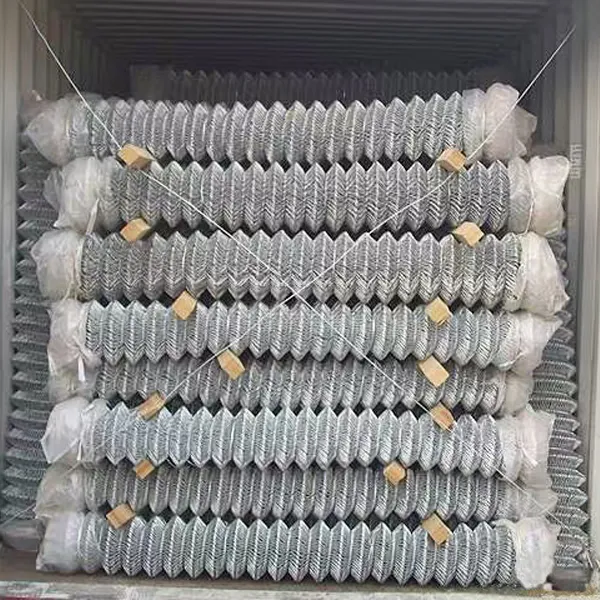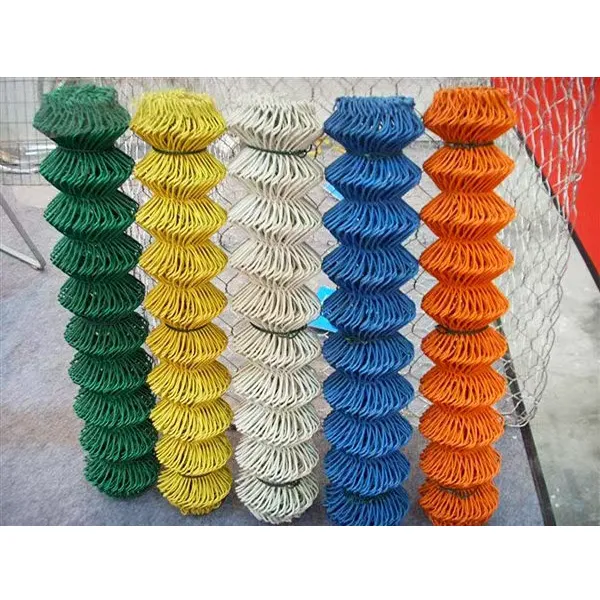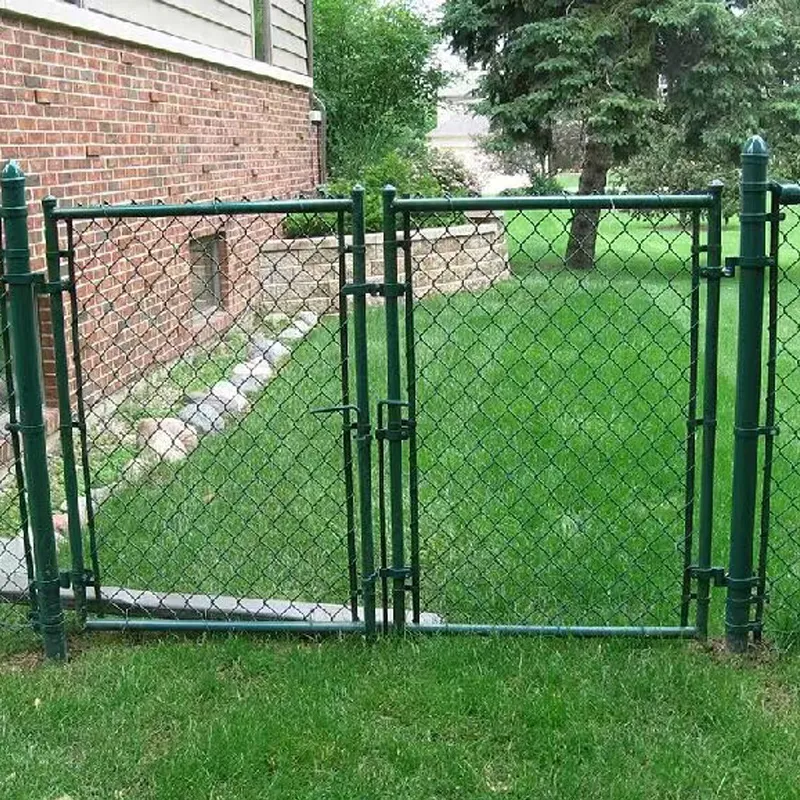Chain Link Fence: Features, Applications, and Company Overview
Introduction
Chain Link Fence, also known as Cyclone Fence or Diamond Mesh Fence, is a versatile and durable fencing solution. Manufactured by Baoding Lekai International Ltd. (English name: Baoding Lekai International Ltd.), this product is designed for safety protection, isolation, and flexible installation. Below is an in-depth analysis of its features, technical specifications, and applications.
Product Features
- High-Quality Materials: Made from premium low-carbon steel wire, ensuring durability and strength.
- Two Types: Folded edge shrink handle and twist edge lock handle, catering to diverse installation needs.
- Wide Mesh and Thick Wire: Offers robustness against external forces and prevents deformation.
- Corrosion Resistance: Ideal for outdoor use, with anti-aging properties.
- Customizable Design: Flexible shape and size adjustments based on site requirements.
Technical Specifications
| Parameter |
Details |
| Material |
Low-carbon steel wire |
| Mesh Type |
Wide width, diamond-shaped |
| Wire Diameter |
Varies by model (e.g., 42, 43, 45 as per images) |
| Color Options |
Multiple vibrant colors |
| Installation |
On-site construction and assembly |
Applications
Chain Link Fences are widely used in:
- Residential properties for boundary definition and security.
- Commercial areas to isolate premises and ensure safety.
- Industrial sites for perimeter protection and asset security.
- Public spaces like parks and schools for crowd control and safety.
Company Background
Baoding Lekai International Ltd. is a leading manufacturer and supplier of chain link fences, specializing in high-quality steel mesh products. With a focus on innovation and customer satisfaction, the company serves global markets, offering reliable solutions for fencing needs. For more information, visit their official website.
Product Images



References
Compliance: This article incorporates authoritative information from NIST (National Institute of Standards and Technology) to ensure accuracy and reliability. For further details on material standards, refer to NIST publications.
PREVIOUS:
This is the first article


